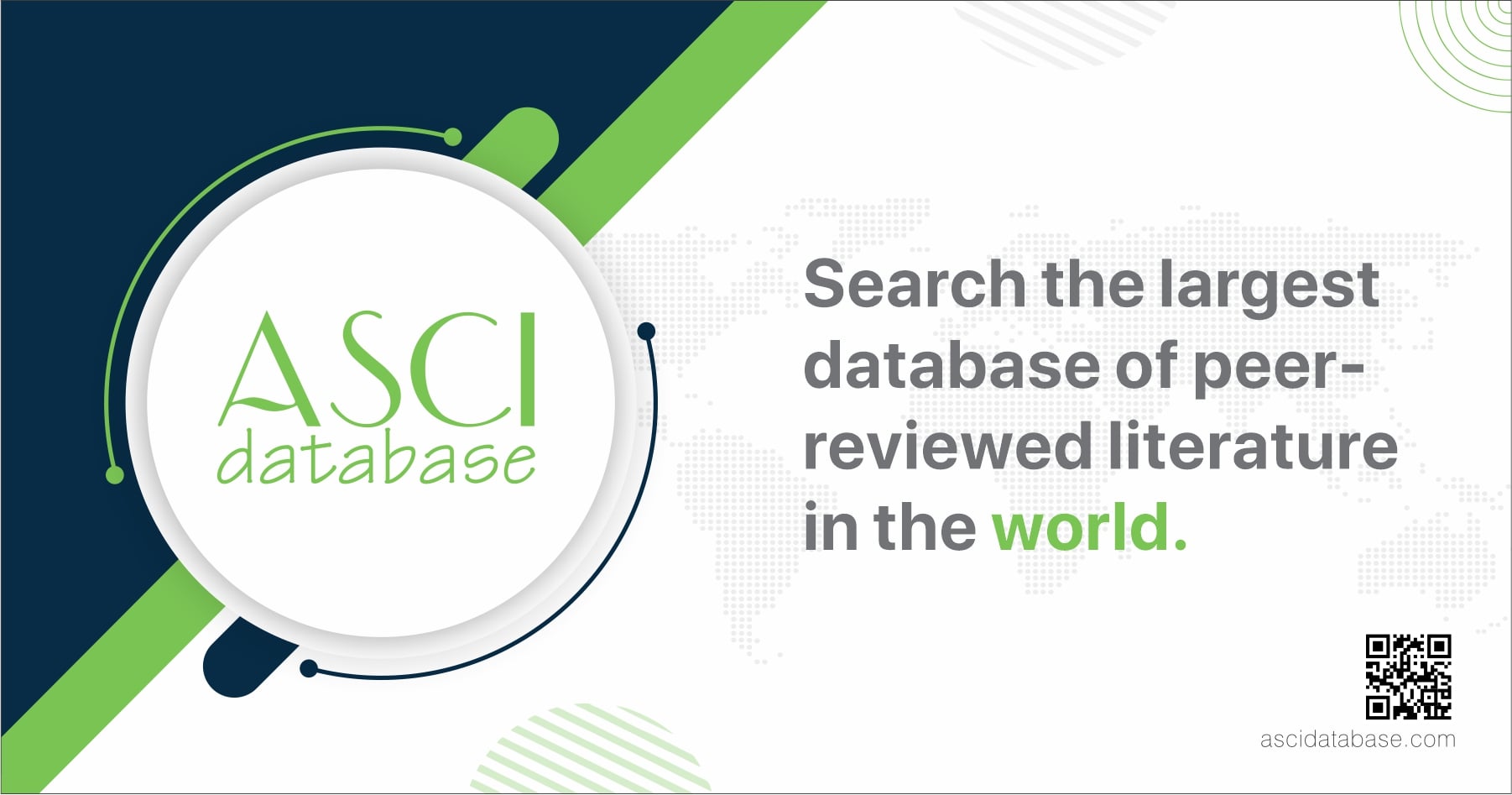Trends in Western Historiography of Central Asia: A case of “Central Asian Survey”
Views: 271 / PDF downloads: 297
DOI:
https://doi.org/10.32523/2616-7255-2022-140-3-7-20Keywords:
Central Asian Survey; historiography; Central Asian studies; research trends.Abstract
The article is devoted to the study of the main trends in Western Central Asian studies over the past 40 years. As a model for tracking the above trends, there was used authoritative foreign academic journal "Central Asian Survey". As a rule, there were published advanced ideas, concepts, and results of the latest research. Respectively, the review of the works presented in it can claim to be representative of the scientific industry in general.
In general, the article demonstrates the fundamental transformations in Western Central Asian studies that occurred after 1991, as a result of the collapse of the USSR, the fall of the Iron Curtain, and the corresponding changes in the research field, which faced the need to revise the paradigms that existed at that time and, in general, the tasks of the period the Cold War, the "archival revolution" and, in fact, a new era in historical research, "post-communism", which made possible various forms of intellectual exchange for researchers from previously opposed camps. Among the historiography on the history of the region analyzed in the article. Studies that consider the history of the region over the past few centuries through the prism of Russian expansionism stand out. In addition, the article focuses on works in which an attempt is made to go beyond the conceptual framework of previous studies (in particular, the “totalitarian school”). It is also worth noting the questions of the formation of a single Soviet people and the Soviet national policy in the region, ethnic thinking, as well as the evolution of the administration of tsarist Russia in the region, raised in the papers cited and analyzed in the works.
Downloads

Downloads
Published
How to Cite
Issue
Section
License
Copyright (c) 2022 M. Akulov

This work is licensed under a Creative Commons Attribution-NonCommercial 4.0 International License.







